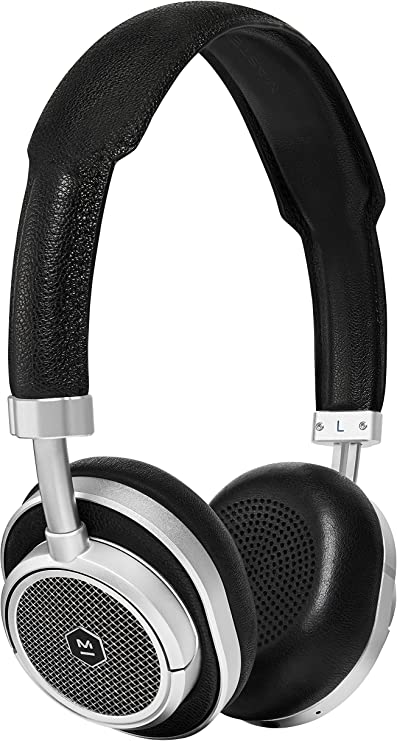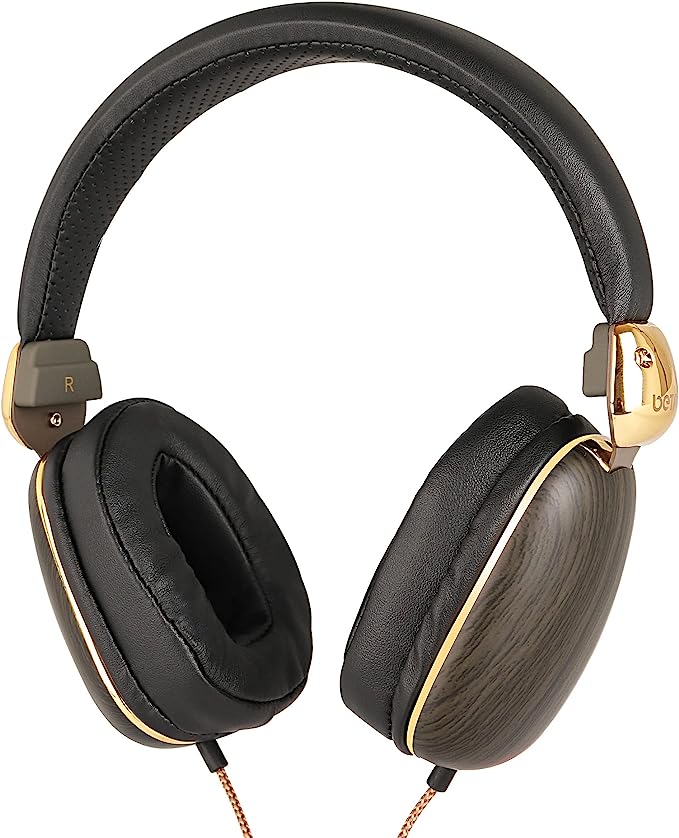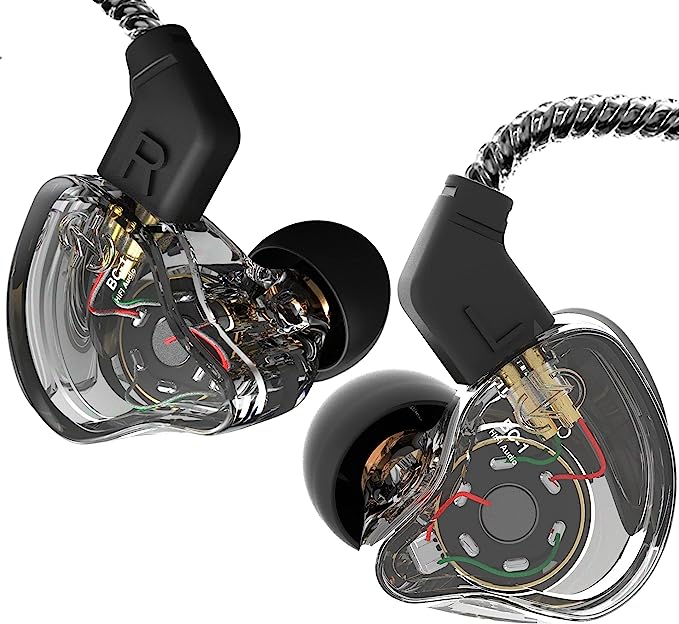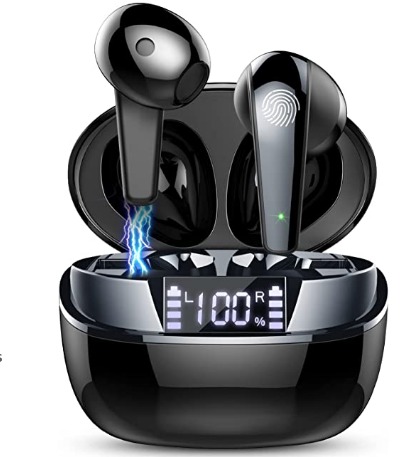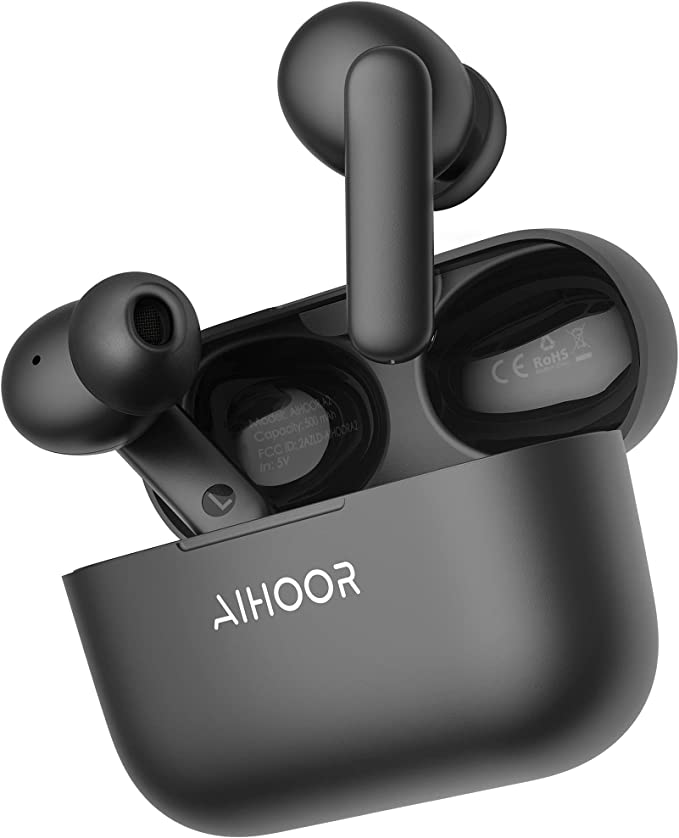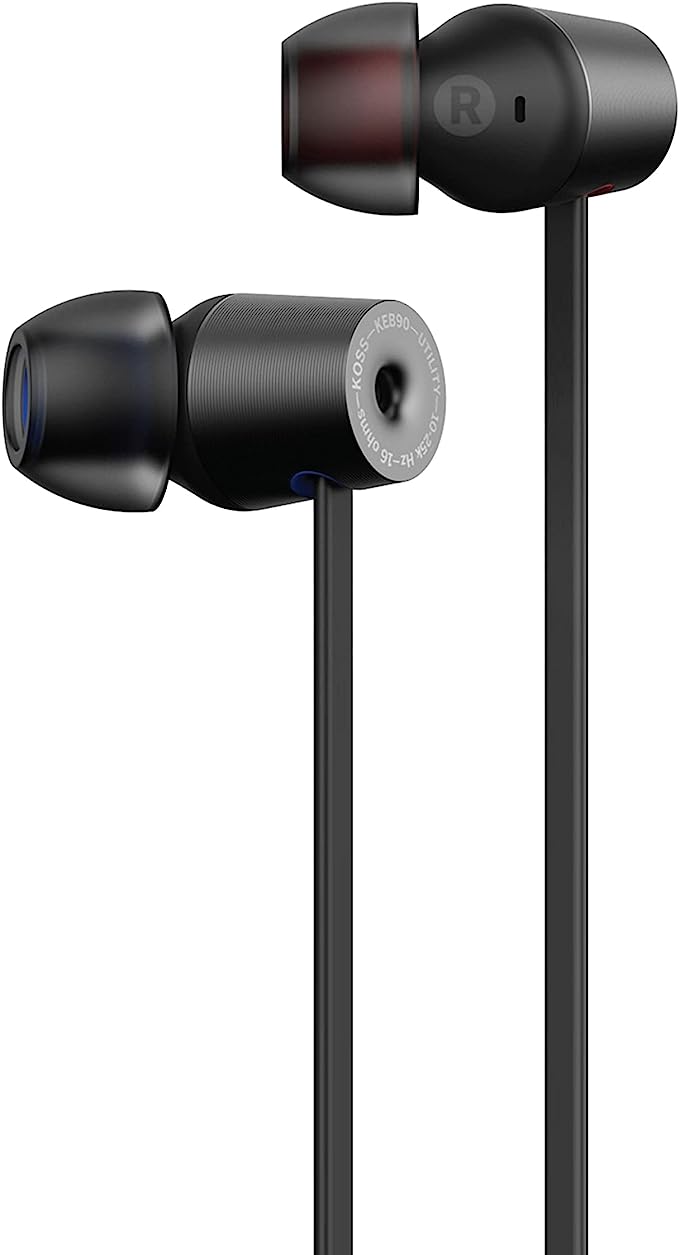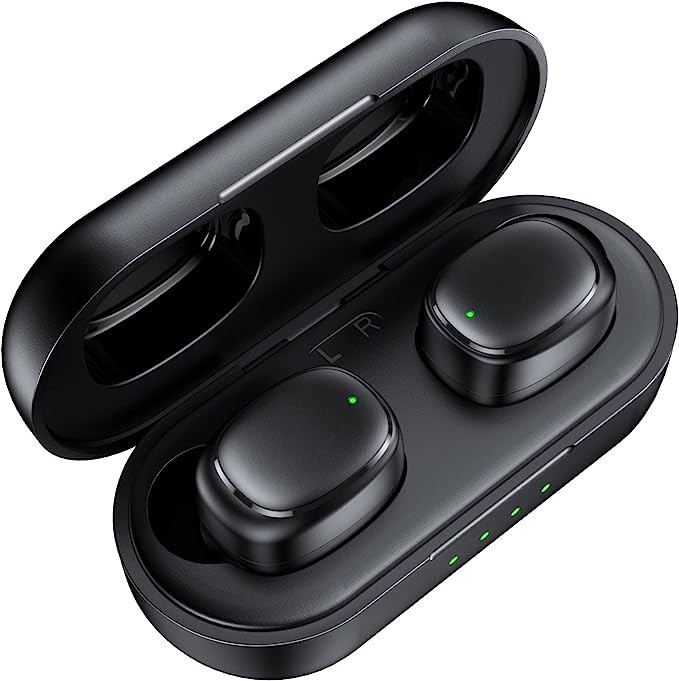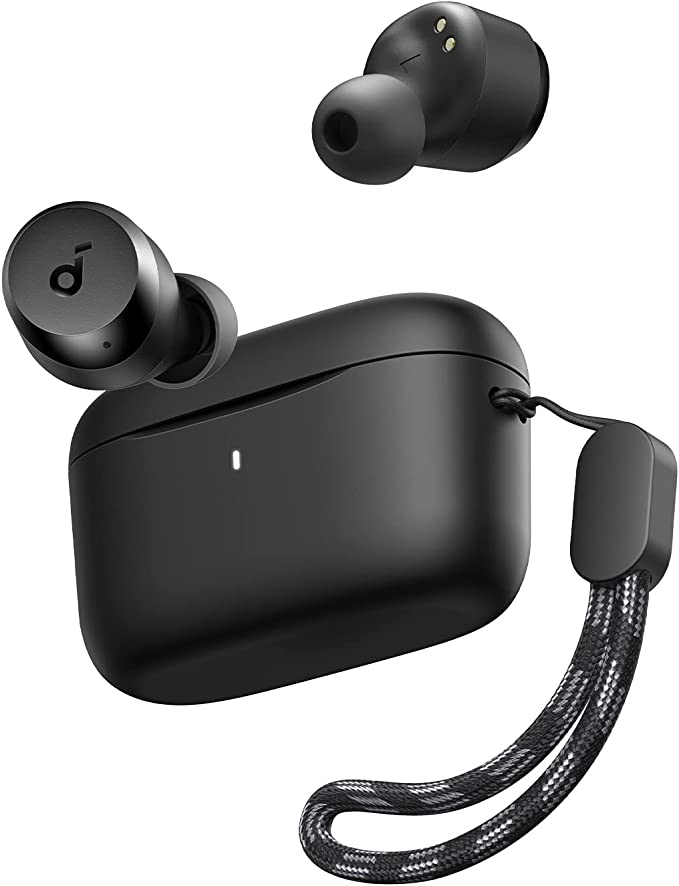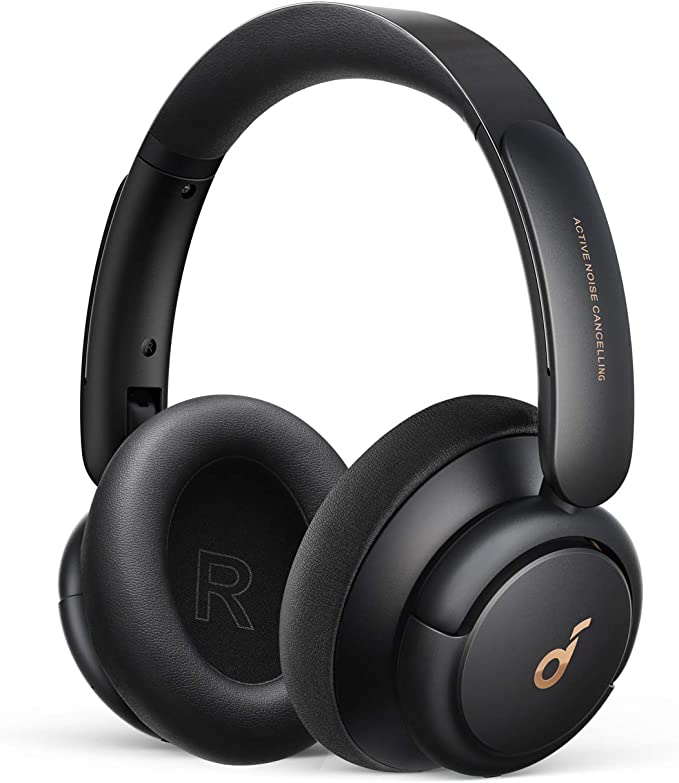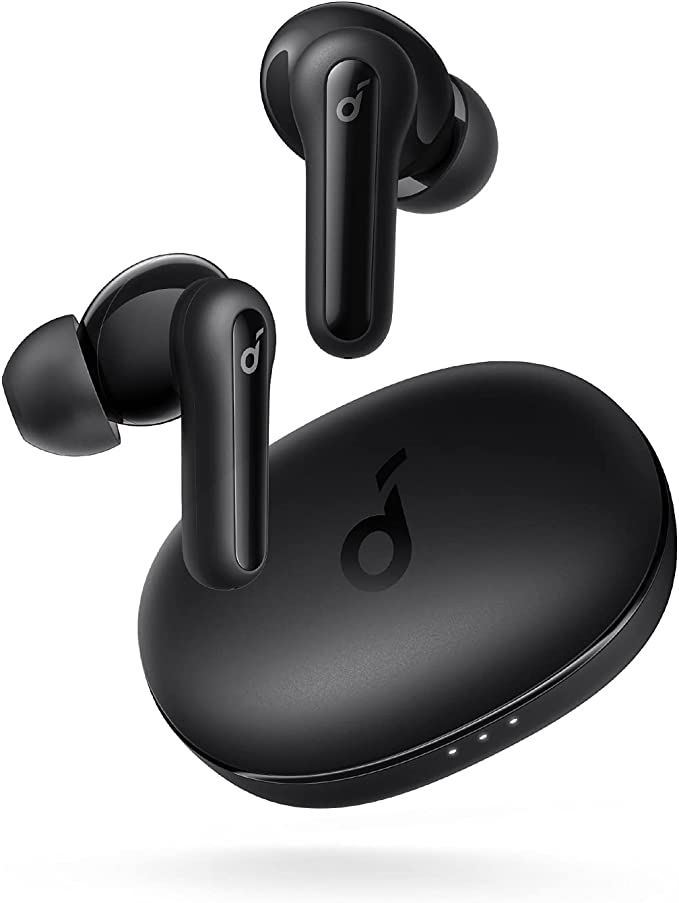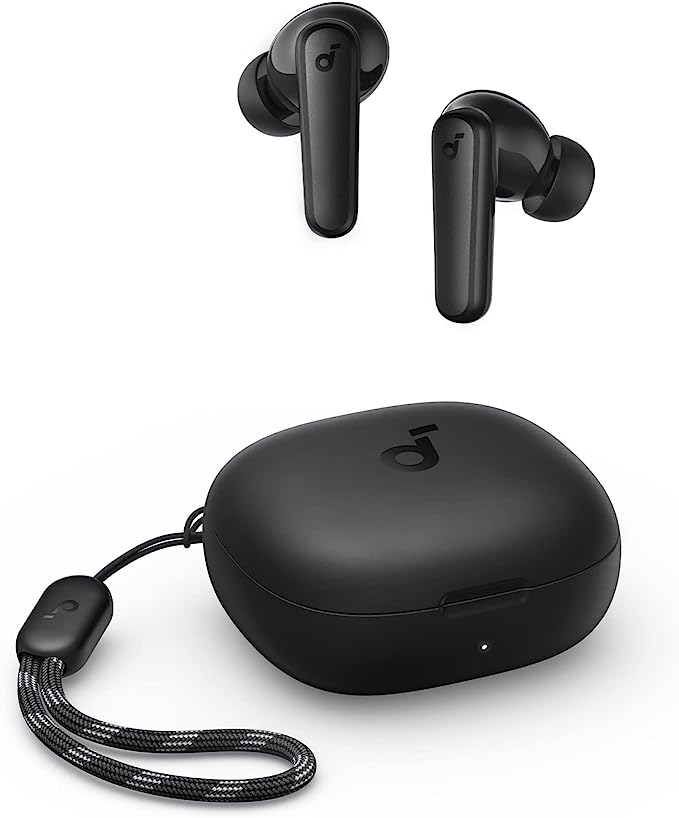Sangean DDR-63: Your All-in-One Audio Hub for Internet Radio, CDs, and More
Update on March 3, 2025, 6:49 a.m.
A Bridge Across Time: From Wireless Wonders to Digital Domains
From the earliest crackle of a crystal radio to the sophisticated streaming services of today, the human desire to capture and share sound has been a constant driving force. Radio, in its many forms, has connected us across continents, delivering news, music, and stories that shape our understanding of the world. But in the 21st century, we face a new challenge: a bewildering array of audio sources. We have our treasured CD collections, the vast expanse of internet radio, traditional FM broadcasts, and personal digital music libraries scattered across various devices. The Sangean DDR-63 emerges as a harmonious solution, a bridge between the analog heritage and the digital future of audio.

Unlocking the Airwaves: The Science of FM and the Brilliance of RDS
Let’s start with a cornerstone of audio technology: FM radio. FM, or Frequency Modulation, is a method of encoding audio information onto a radio wave. Imagine a calm lake. Dropping a pebble creates ripples – waves that spread outwards. Now, imagine changing the frequency of those ripples – how quickly they occur – to represent the different sounds of a musical performance. That, in essence, is frequency modulation. The radio wave (the “carrier”) has its frequency altered, or modulated, by the audio signal. Your FM receiver, like the one in the DDR-63, is designed to demodulate this signal, extracting the original audio.
The Sangean DDR-63 doesn’t just receive FM; it also decodes RDS, or Radio Data System. RDS is like a hidden message riding along with the FM broadcast. It’s a digital subcarrier, a separate stream of data transmitted alongside the audio. This data can include the station’s name, the current song title, traffic information, and even alternative frequencies for better reception. It’s a subtle but powerful enhancement to the traditional FM experience.
The World at Your Ears: Exploring the Expansive Universe of Internet Radio
While FM radio connects you to your local community, internet radio opens up a global soundscape. Instead of relying on radio waves, internet radio uses the same network that powers your web browsing and email: the internet. The DDR-63, with its built-in Wi-Fi and Ethernet connectivity, becomes a gateway to this vast world.
Think of each internet radio station as a tiny stream of digital data flowing across the internet. This data is encoded using various protocols – sets of rules that govern how information is transmitted. The DDR-63 is equipped to understand these protocols, receiving the data packets and converting them back into the music, talk, or news that you hear. With over 15,000 stations available, the sheer variety is astounding. From niche genre broadcasts to live news from across the globe, internet radio offers something for every taste.
Beyond the Ether: Embracing CDs, USB, and SD Cards
The DDR-63 isn’t limited to the airwaves. It also embraces physical and digital media. The built-in CD player allows you to enjoy your cherished compact disc collection. CDs store audio as a series of microscopic pits and lands on a reflective surface. A laser beam reads these variations, and the player’s electronics convert them back into sound.
Furthermore, the DDR-63 can play MP3 and WMA files directly from USB drives or SD cards. These formats use lossy compression, meaning they discard some audio data to reduce file size. While there’s a slight loss of fidelity compared to the original CD, the convenience and portability are undeniable. The DDR-63 even allows you to record from CD or radio to USB or SD, creating your own digital archives.
The Resonance of Quality: Why Wood Makes a Difference
Now, let’s talk about something that truly sets the DDR-63 apart: its wooden cabinet. This isn’t just an aesthetic choice; it’s a crucial element in achieving high-quality sound. Wood, unlike plastic, has natural damping properties. This means it absorbs unwanted vibrations, preventing them from coloring the sound.
Imagine striking a tuning fork. It vibrates at a specific frequency, creating a pure tone. Now, imagine striking a piece of plastic – it might buzz and rattle, producing a less desirable sound. The wooden cabinet of the DDR-63 acts like a well-damped enclosure, minimizing unwanted resonances and allowing the speakers to reproduce the audio signal with greater accuracy. The two 3-inch speakers, each powered by a 7-watt amplifier, are carefully matched to the cabinet to deliver a balanced, full-bodied sound. While a dedicated subwoofer would enhance the very lowest frequencies, the DDR-63’s design prioritizes overall clarity and warmth within its compact form factor. Within the cabinet, a digital-to-analog converter (DAC) takes the digital audio signals and transforms them into the analog waveforms that drive the speakers.
Orchestrating Your Audio: Simplicity and Control in the DDR-63
The DDR-63 is designed to be user-friendly. The front panel features a touch-sensitive control surface, offering a clean and modern aesthetic. The LCD display provides clear information about the current source, station, or track. And, of course, a remote control puts all the essential functions at your fingertips.
It’s worth acknowledging that some users have reported the display being difficult to read at certain angles, and the touch panel may not be as responsive as traditional physical buttons. Also, the absence of a dedicated smartphone app for control is a notable omission in today’s connected world. These are trade-offs inherent in the design, balancing cost, complexity, and the desire to maintain a classic, self-contained audio experience.The all-in-one system also have external antenna for better performance.
Harmonizing Past, Present, and Future: The Enduring Appeal of All-in-One Audio
The Sangean DDR-63 represents a harmonious blend of tradition and innovation. It celebrates the enduring appeal of radio, both FM and its internet-based evolution, while embracing the convenience of digital media. It’s a testament to the fact that, even in a world of increasingly specialized devices, there’s still a place for a well-designed, all-in-one audio system that prioritizes sound quality and ease of use. As technology continues to evolve, we’ll likely see even greater integration of streaming services, voice control, and smart home capabilities. But the fundamental human desire to connect with the world through sound – a desire that sparked the birth of radio over a century ago – will remain, and devices like the DDR-63 will continue to play a vital role in fulfilling that need.







